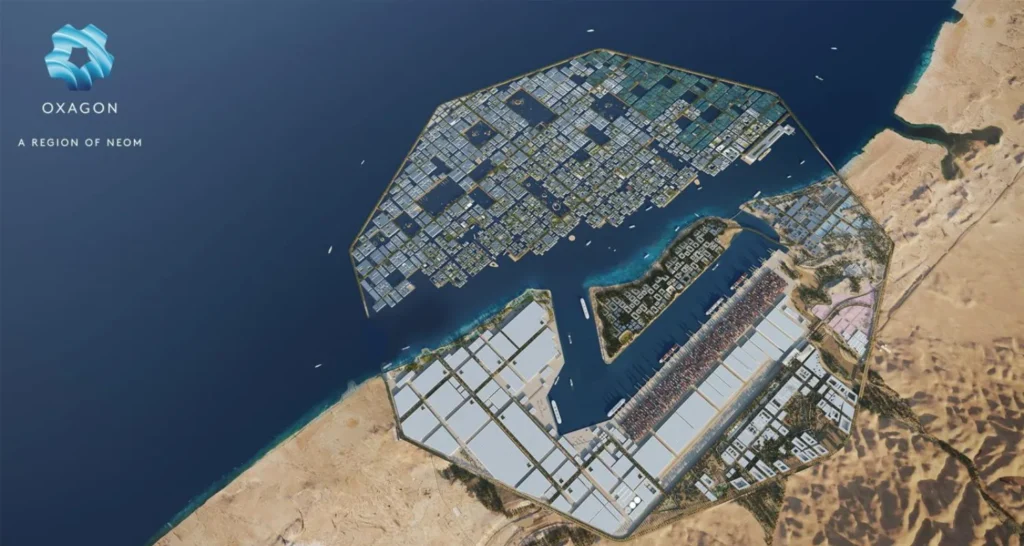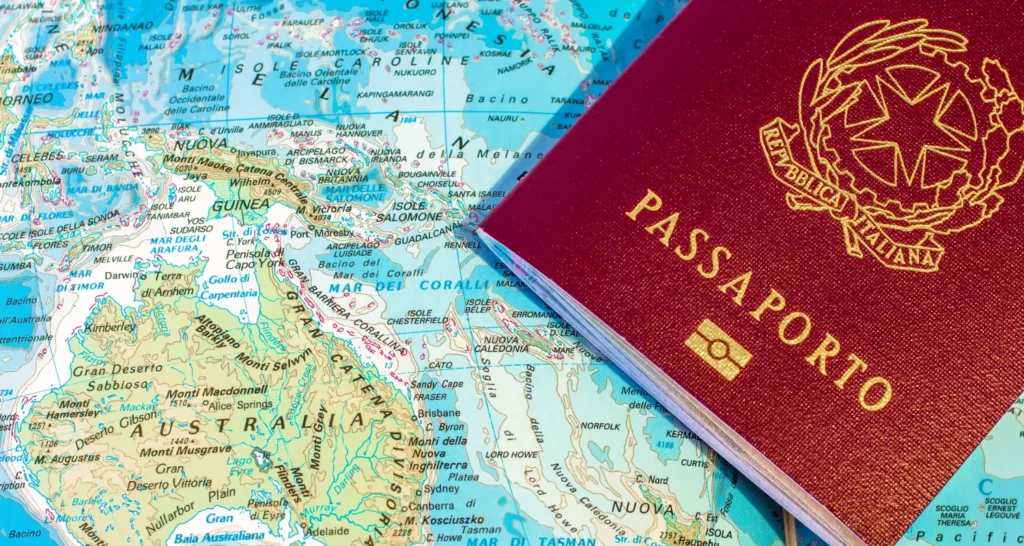The target tree is a technique for setting goals and its decomposition into tasks that are divided into even simpler steps. As a result, a person arrives at a specific list of actions that lead to the achievement of the plan. We get a graphical chart, resembling a tree, at the head of which is a global goal.
In contrast to the usual planning, each step in the tree leads to the next level and is related to the global intention. That is, climbing one small step inevitably leads to climbing the next. When the big intention is broken down into understandable actions, it is much easier to achieve.
The goal tree is used in personal issues, in developing company strategic plans, in marketing, and product development.
It allows:
- Identify bottlenecks;
- understand what to work on shortly;
- Decompose the processes.
The technique removes the fear of a big unattainable goal. When there is a clear plan with simple and understandable actions, it is much easier to move.
Target tree structure
Herry Alder formulated 4 principles of the structure of the goal tree:
- The big idea sits at the top, with specific objectives to achieve it at the bottom.
- Lower level goals are subordinate to higher-level goals.
- Each task contributes to the achievement of a larger goal. And so down the hierarchy.
- Low-level goals are not goals, but tasks – planned actions.
If we represent the methodology in the form of a tree, then:
- a trunk is a big goal or problem to be solved;
- large branches are tasks of the first level;
- small branches – tasks and actions of the second, third, etc. order.
The result is a graphical flowchart showing the stages. This shows where to start, what to expect, and what resources are needed.
The number of steps can be any number of branches. The more detailed each stage is, the easier it is to get started and achieve your intention. When you need to make an Olivier salad, you don’t want to get up from the couch. But when you understand that now you can make a grocery list, go to the store in the evening, tomorrow boil vegetables, and the day after tomorrow they are peeled and cut, then the mission does not seem so overwhelming.
Graphic representation helps a person to think clearly about the plan to achieve the intended.













